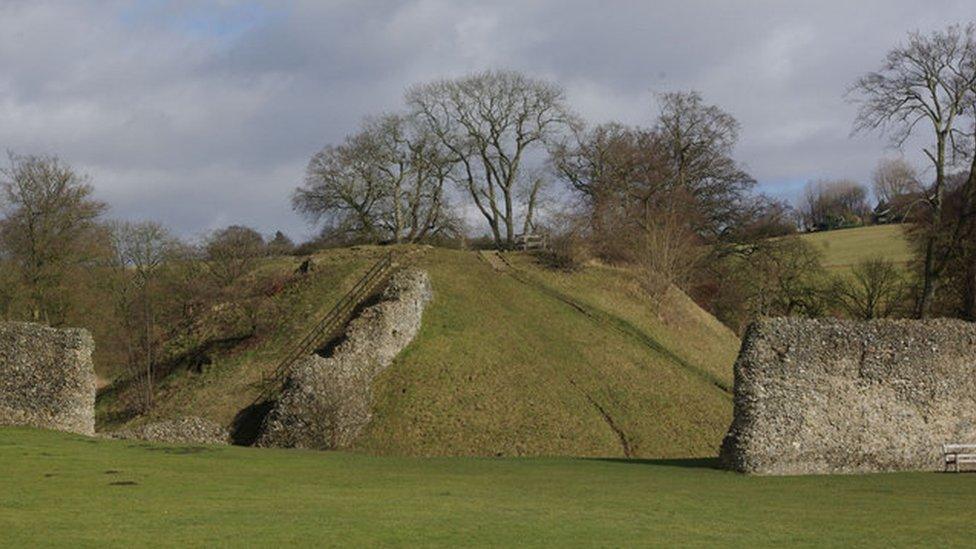Historic England highlights sites listed in East this year
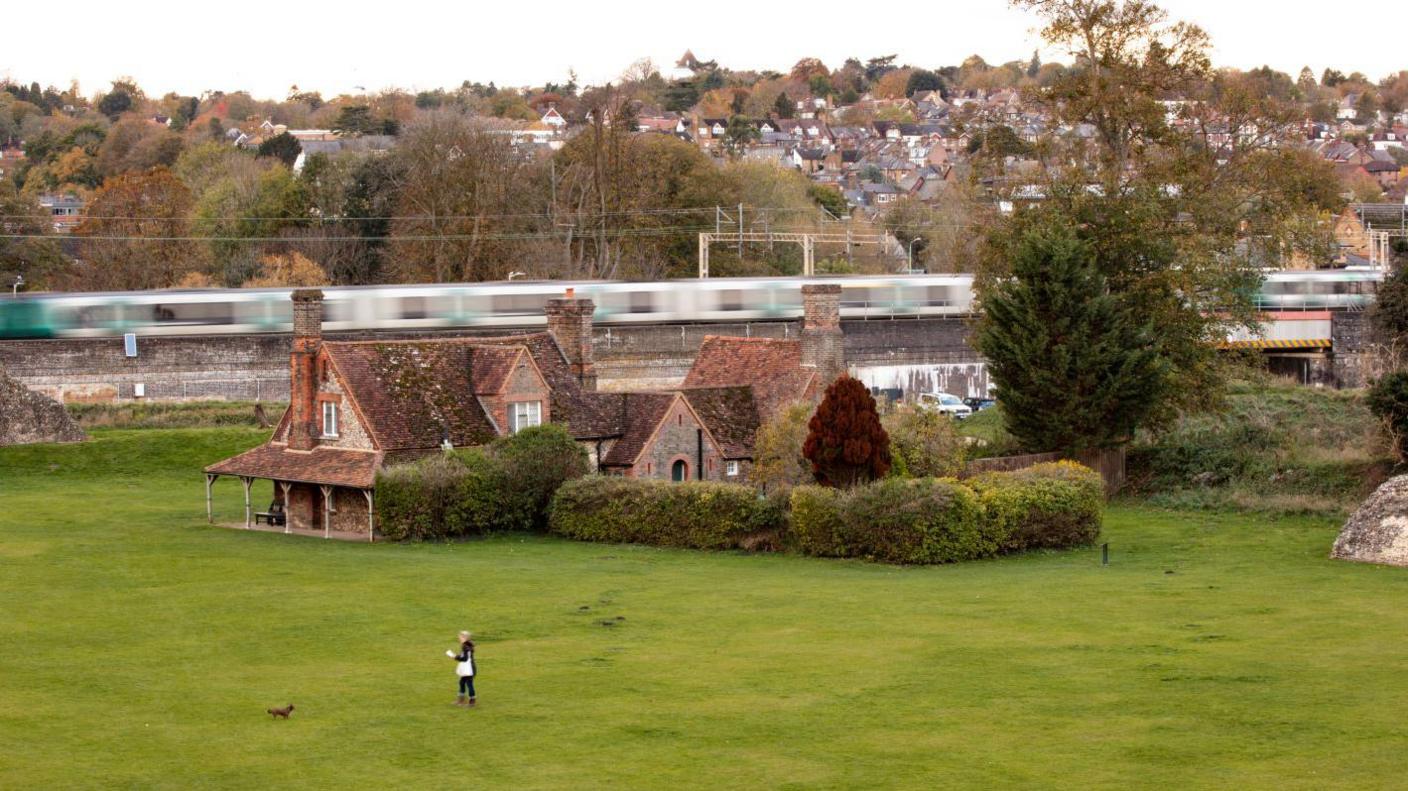
The Cottage at Berkhamsted Castle was one of the sites listed this year
- Published
Sites across the East which have been listed or upgraded this year will be "protected for the future", according to Historic England.
Some 47 places across the region have been added to the National Heritage List for England over the past 12 months.
Tony Calladine from Historic England said the sites "make up the fascinating fabric of our past".
"Listing recognises their value so they are protected for the future and everyone can continue to enjoy them," he said.
World War One training trenches, Docking, Norfolk
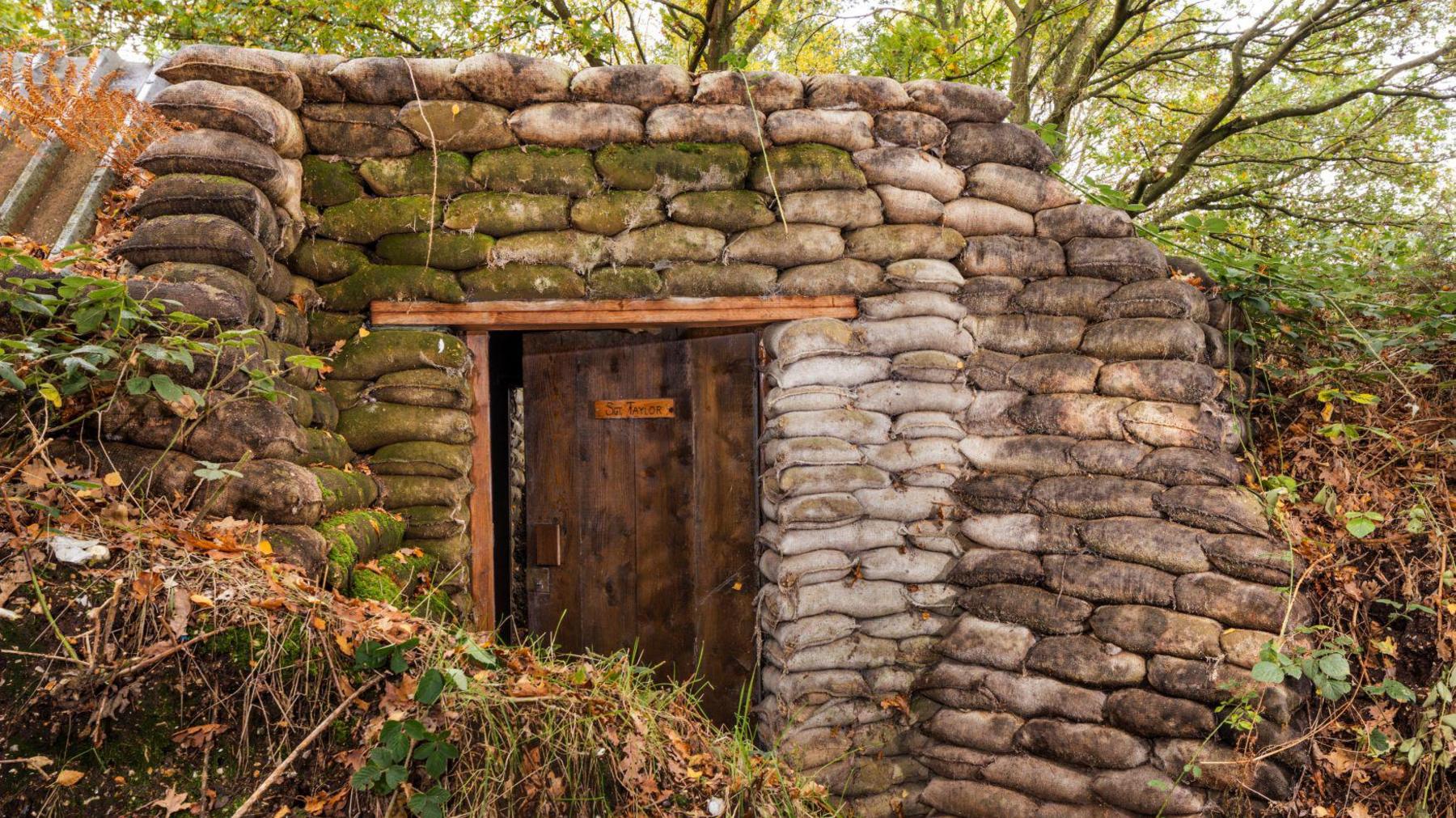
The trenches were built on Docking Common in 1915
The training trenches were made by the Lovat Scouts, a Scottish Highland Yeomanry regiment commanded by Lord Lovat.
In 1915, the regiment was sent to Hunstanton in North Norfolk to monitor the coast for invasion and prepare for a posting to the Western Front.
During that summer they produced a set of trenches on Docking Common, including a full set of front line zig-zagging channels designed to protect against shell blasts.
The Lovat Scouts left Norfolk in September 1915 and joined the Gallipoli campaign.
Most of the trenches were filled in after the war, but in 2012 about a third of them were partially excavated.
The trenches were made a Scheduled Monument, external in May.
Flats and shop, Silver Street and Trumpington Street, Cambridge
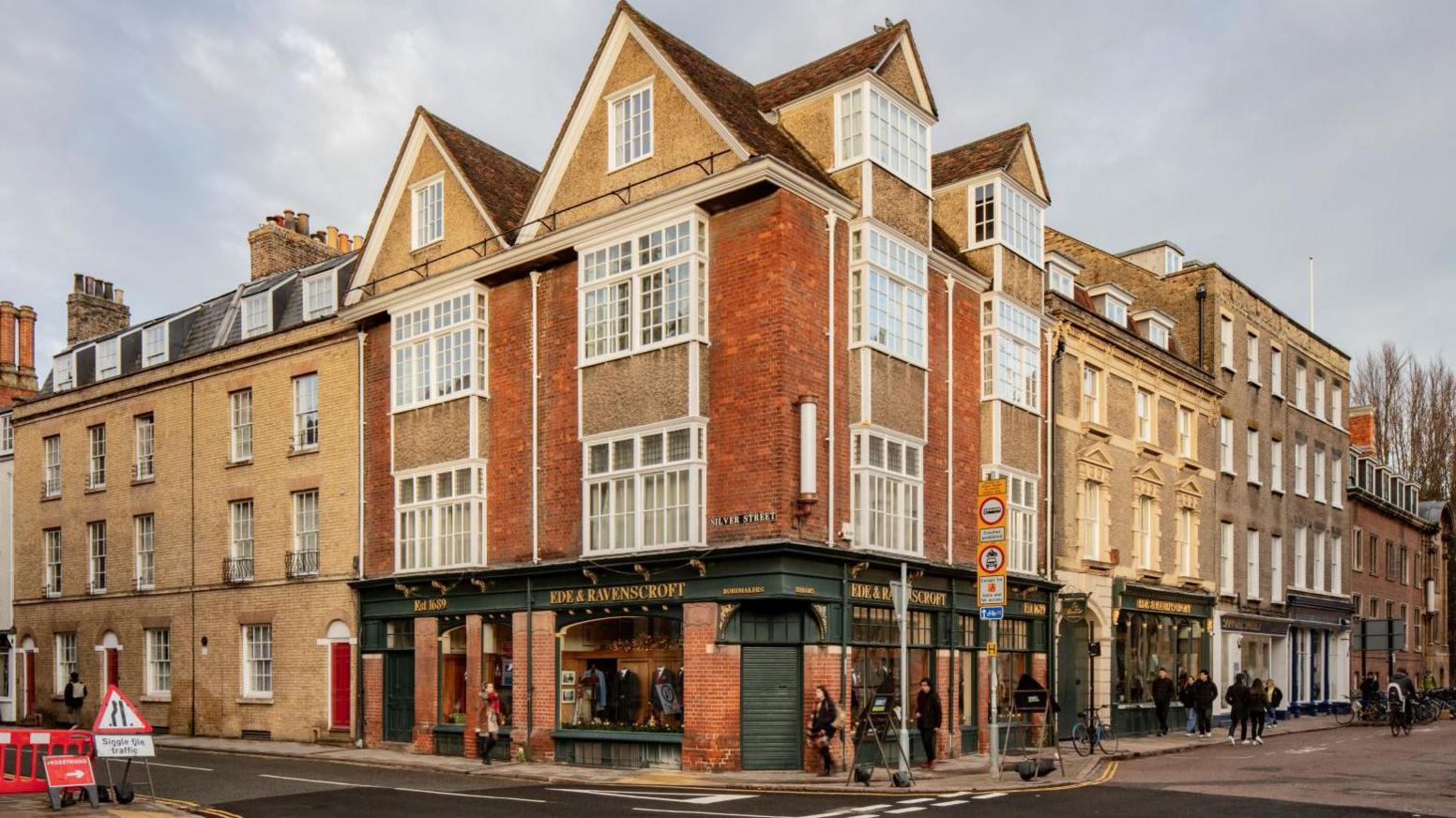
The corner building in Cambridge is still a robe-makers on the ground floor with student flats above
Located on the corner of Silver Street and Trumpington Street in Cambridge, the 19th Century building was designed by architect W M Fawcett.
Built between 1868 and 1869, it was Fawcett's own home until 1890.
The shop has been continuously occupied for 152 years by a succession of robe-makers and tailors associated with Cambridge University.
A specially-designed shop front shows golden heraldic beasts and symbols connected to Queen's College.
The building was acquired by St Catharine's College in 1944 and since then the upper floors have been used as student accommodation, with Grade II listed status, external awarded in February.
The Cottage and former Soup Kitchen, Berkhamsted Castle
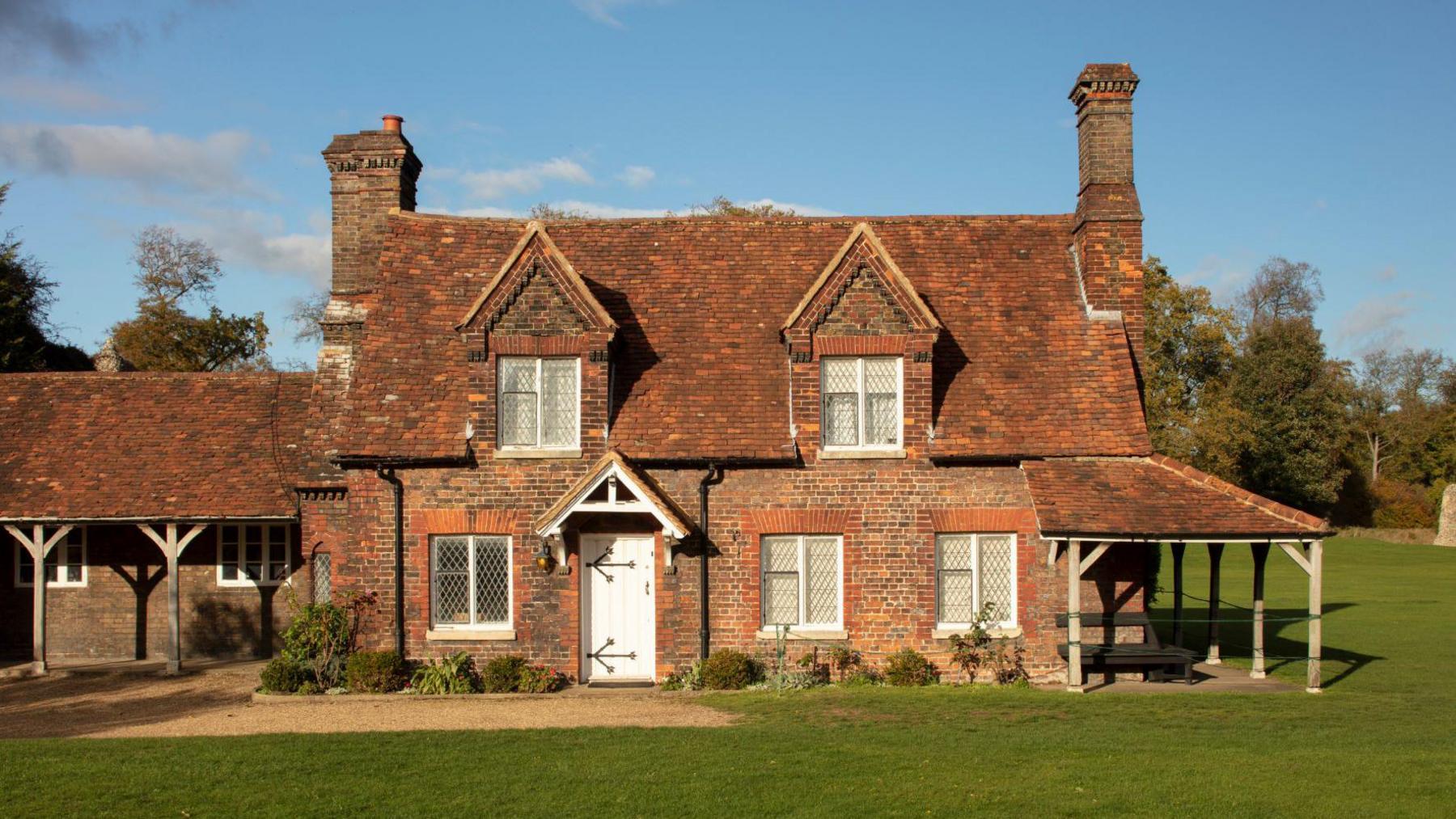
The cottage at Berkhamsted Castle has been extended over the years
The 17th Century cottage in the grounds of Berkhamsted Castle, Hertfordshire, includes an extension to create a Victorian soup kitchen.
Records suggested that it started life as a stable and brewhouse in the 16th Century, with an upper floor and stairs installed in the early 19th Century.
In 1865, a scrapbook belonging to Lady Marian Alford, wife of the owner, indicated that a small extension and veranda were added and the staircase moved.
Around the same time, another extension linked the cottage to a new building set up as a soup kitchen for the poor.
It became Grade II listed last month, external.
Brentwood Cathedral, Essex
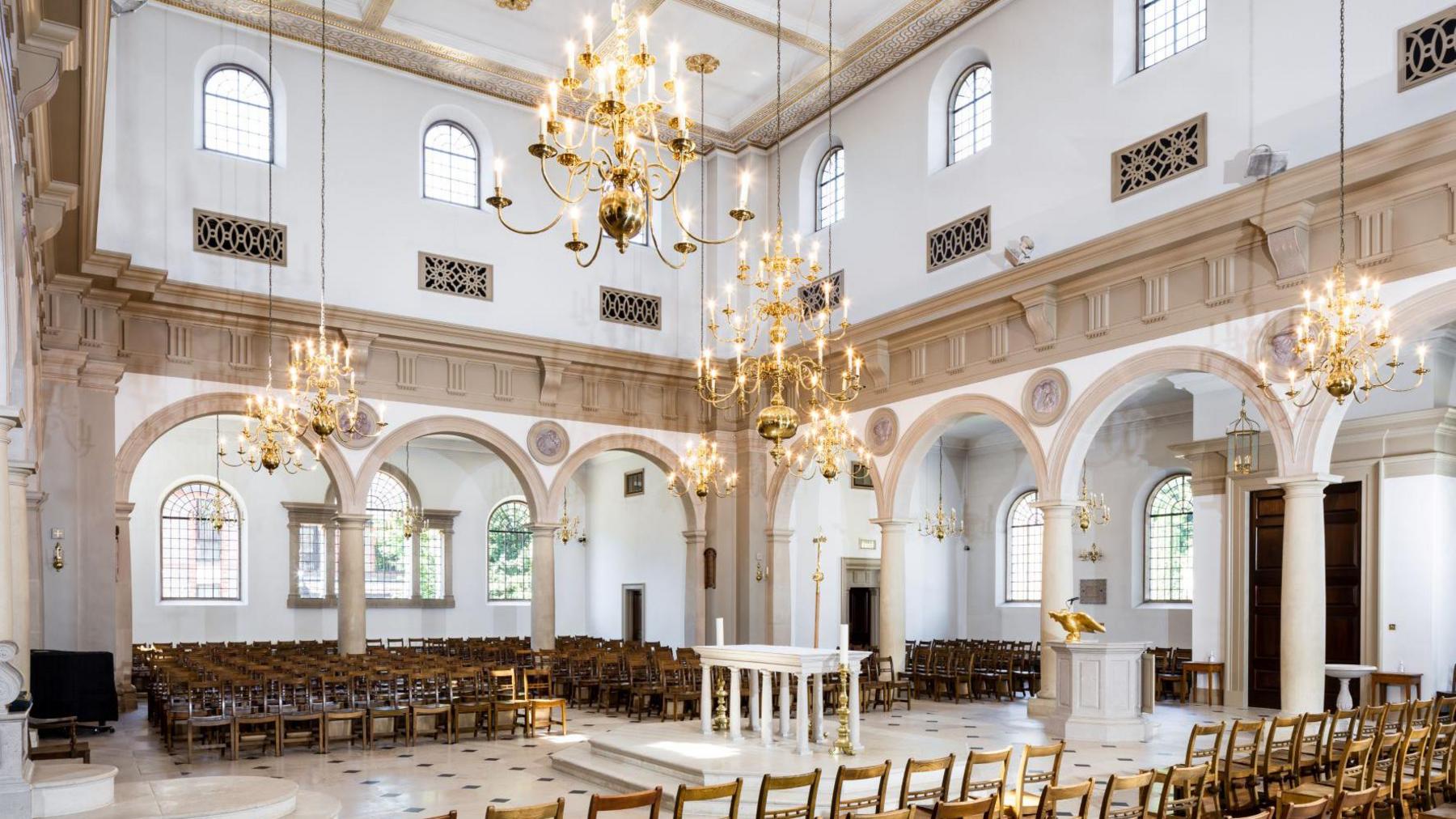
The rebuilt Brentwood Cathedral includes a surviving section of a Gothic church
The first classical cathedral to be built in England since London's St Paul's was awarded Grade II* listed status, external in July.
The rebuilt Roman Catholic Cathedral of St Mary and St Helen in Brentwood, Essex, was inspired by Sir Christopher Wren's designs and opened in 1991.
Snape Maltings Concert Hall, Suffolk
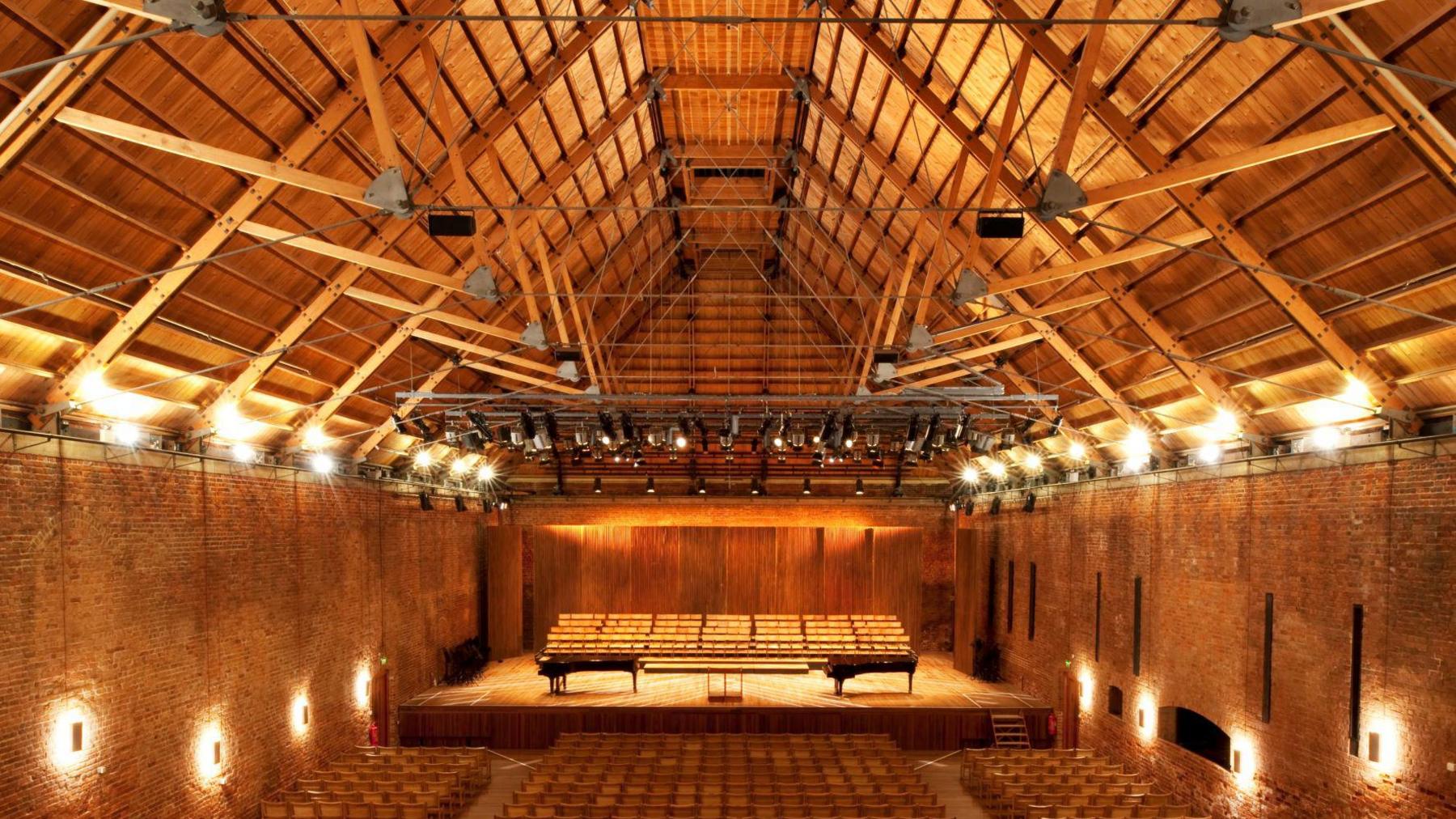
The largest of the former malthouses was converted into a concert hall by the Aldeburgh Festival organisation
In June, Snape Maltings Concert Hall was upgraded to Grade II* listed status, external.
Opened by Queen Elizabeth in 1967, it was primarily for Benjamin Britten's Aldeburgh Festival in Suffolk.
Two years later a fire reduced it to a shell, but with the help of a fundraising appeal it was restored and reopened in 1970.
Find BBC News: East of England on Facebook, external, Instagram, external and Twitter, external. If you have a story for us, email eastofenglandnews@bbc.co.uk, external
- Published14 July 2022
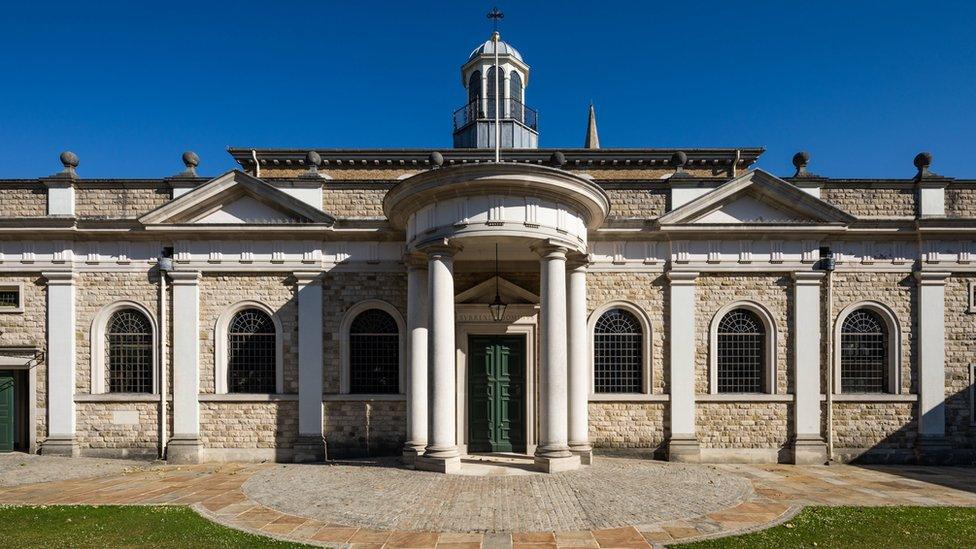
- Published1 June 2022
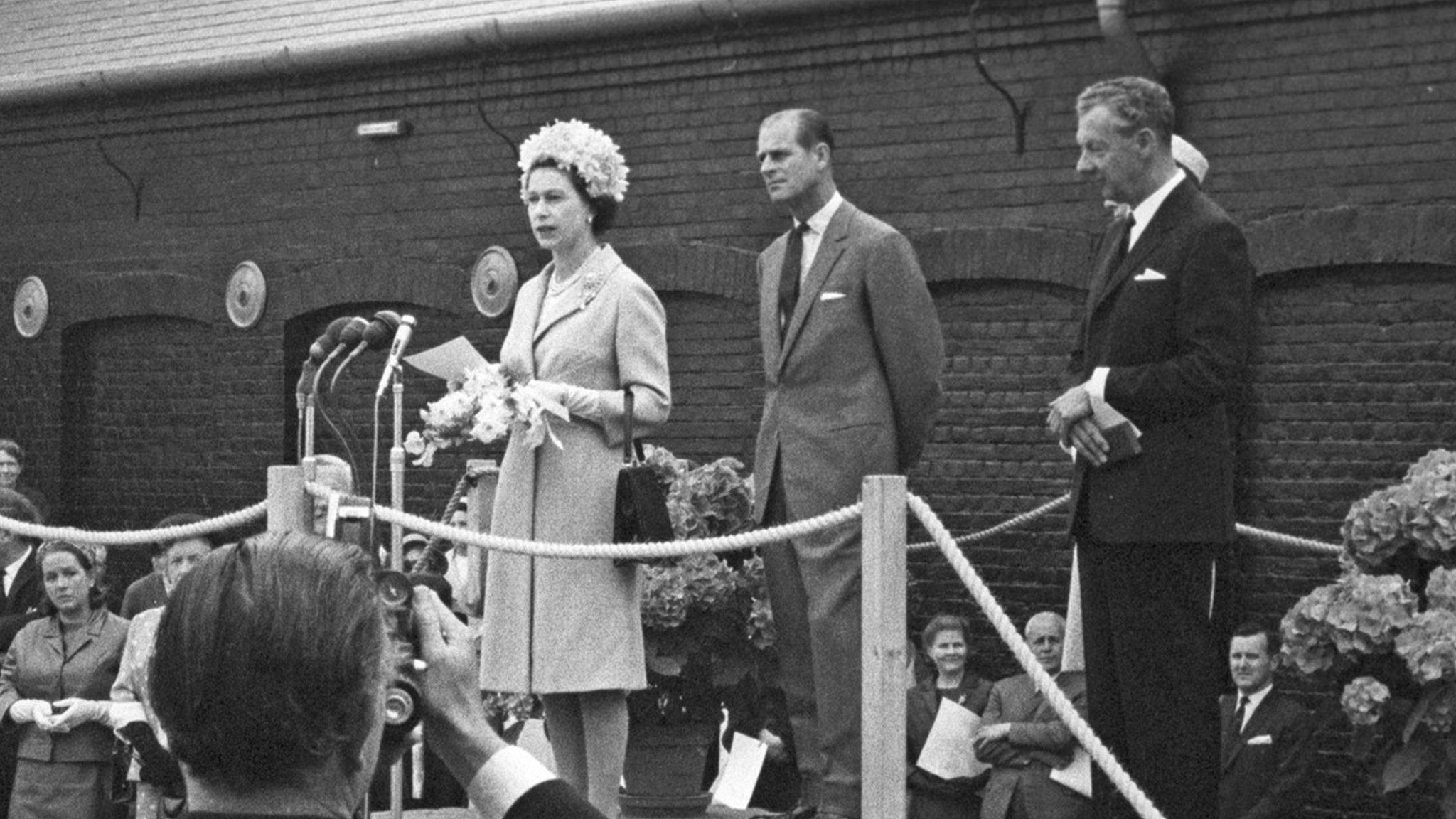
- Published12 May 2018
